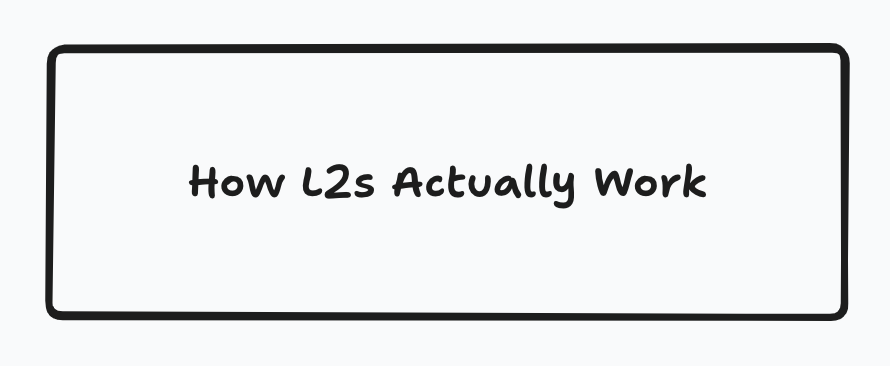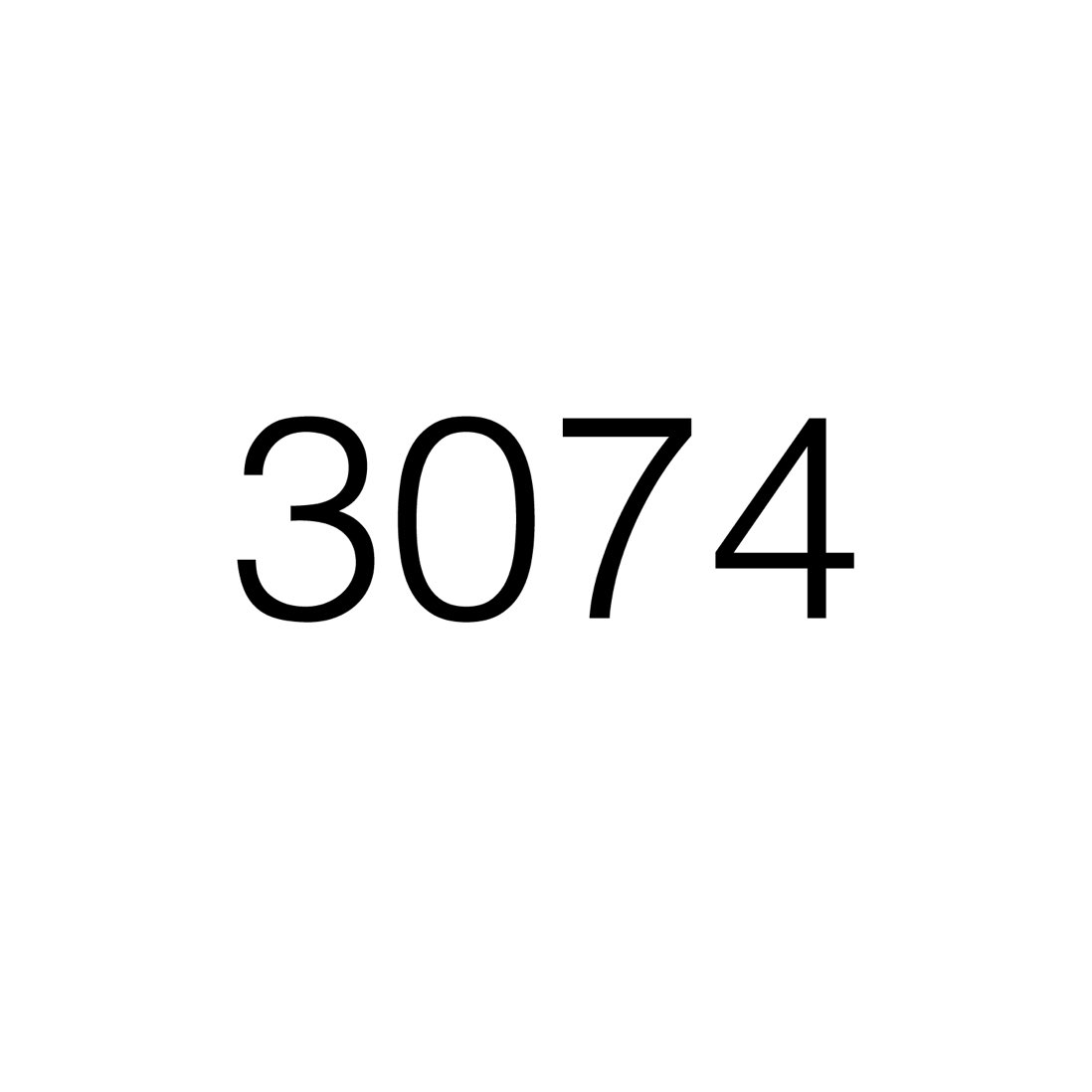People are complaining about the 5 yr timeline for the Ethereum Beam Chain, so let me explain:
Ethereum is not some random alt-L1 with very little activity. It is the second largest blockchain in the world with 60B in TVL, an underlying asset worth 400B, and thousands of apps dependent on it.
In order to make drastic changes to how the core protocol works, you need to:
- Make a proposal that reaches social consensus
- Define an exact specification that all researchers and engineers agree to
- Build the implementation to be backwards compatible
- And test the absolute crap out these changes
The worst possible scenario is for a bug/exploit to be introduced in these changes, causing millions of people to lose money.
It is insanely difficult to do this on a brand new system - it is 1000 times harder to do this on a live decentralized network with billions of dollars at stake. This is why multiple years of testing is necessary - every possible edge case needs to be accounted for.
Several of the changes proposed in the beam chain will require complete rewrites of how parts of Ethereum work. 3-slot finality and chain snarkification are massive undertakings.
Ethereum is not some centralized entity that can just ship changes to its heart's desire. It is an extremely decentralized system that requires deliberate decision making that doesn't completely break existing apps/patterns while also being future-proof.
Ethereum is not some random alt-L1 with very little activity. It is the second largest blockchain in the world with 60B in TVL, an underlying asset worth 400B, and thousands of apps dependent on it.
In order to make drastic changes to how the core protocol works, you need to:
- Make a proposal that reaches social consensus
- Define an exact specification that all researchers and engineers agree to
- Build the implementation to be backwards compatible
- And test the absolute crap out these changes
The worst possible scenario is for a bug/exploit to be introduced in these changes, causing millions of people to lose money.
It is insanely difficult to do this on a brand new system - it is 1000 times harder to do this on a live decentralized network with billions of dollars at stake. This is why multiple years of testing is necessary - every possible edge case needs to be accounted for.
Several of the changes proposed in the beam chain will require complete rewrites of how parts of Ethereum work. 3-slot finality and chain snarkification are massive undertakings.
Ethereum is not some centralized entity that can just ship changes to its heart's desire. It is an extremely decentralized system that requires deliberate decision making that doesn't completely break existing apps/patterns while also being future-proof.

plus, these are just consensus level changes. there will be improvements to execution and DA that happen in parallel.
people are acting like ethereum researchers are asleep at the wheel - take a look at or EIP discussion boards and you'll see how much work is being put in to improve the entire Ethereum ecosystemethresear.ch
people are acting like ethereum researchers are asleep at the wheel - take a look at or EIP discussion boards and you'll see how much work is being put in to improve the entire Ethereum ecosystemethresear.ch
• • •
Missing some Tweet in this thread? You can try to
force a refresh

















